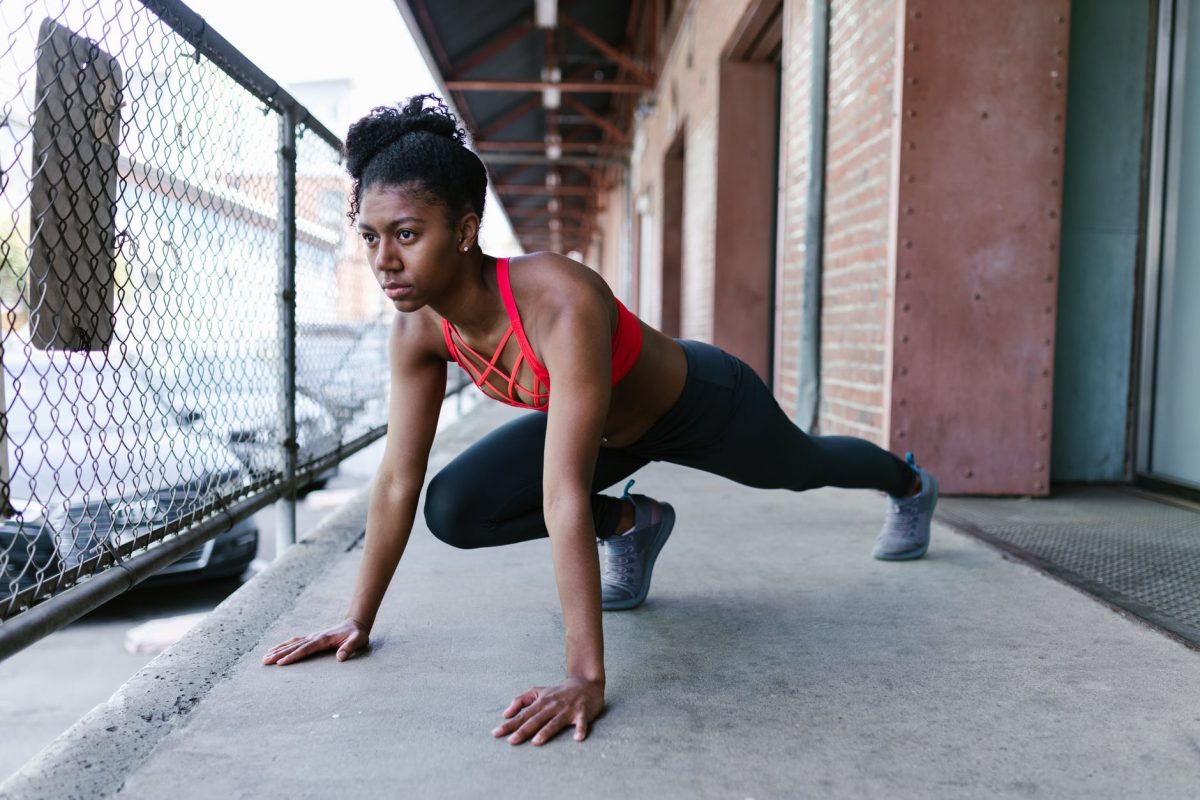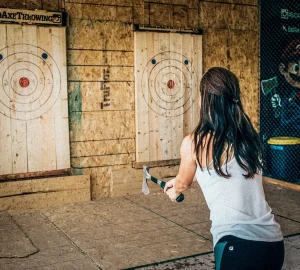Completing a workout is a triumphant moment. Whether you’ve pushed yourself through an intense strength training session, logged miles on the treadmill, or sweated it out in a high-intensity interval training class, you’ve dedicated time and effort to improve your health and fitness. However, as tempting as it may be to collapse on the nearest bench or head straight for the shower, your post-workout routine plays a crucial role in maximizing the benefits of your exercise session.
Post-workout recovery isn’t just about catching your breath and refueling your body (though those are important components). It’s an opportunity to support muscle repair, reduce the risk of injury, and promote long-term progress towards your fitness goals. That’s where the cool down comes in—a deliberate and purposeful sequence of activities designed to help your body transition from exertion to relaxation.
In this guide, we’ll look at the importance of post-workout cool down routines and explore the science behind why they matter. From the physiological benefits of cooling down to the practical steps you can take to optimize your recovery, we’ll cover everything you need to know to make the most of those crucial minutes after your workout. Whether you’re a seasoned athlete or new to the world of fitness, mastering the art of the cool down can take your training to the next level and leave you feeling refreshed, rejuvenated, and ready to tackle your next challenge head-on. So, let’s dive in and discover how you can enhance your post-workout recovery with a thoughtful and effective cool down routine.
- Skipping Proper Cool Down: You might be tempted to rush through your workout and skip the cooldown phase, but doing so can lead to muscle tightness and soreness. A proper cool down helps gradually lower your heart rate and allows your muscles to return to their resting state. Take 5-10 minutes to stretch major muscle groups and incorporate some light aerobic activity like walking or cycling.
- Neglecting Hydration: Sweating during exercise leads to fluid loss, and failing to replenish those fluids post-workout can leave you feeling fatigued and sluggish. Hydration is key to maintaining proper bodily functions and supporting muscle recovery. Aim to drink water or a sports drink containing electrolytes to replace lost fluids and minerals.
- Not Refueling Properly: Your body needs fuel to repair and rebuild muscles after a workout. Failing to eat a balanced meal or snack containing protein and carbohydrates within an hour or two post-exercise can hinder recovery and muscle growth. Opt for a combination of lean protein, complex carbohydrates, and healthy fats to replenish energy stores and promote muscle repair.
- Overlooking Protein Intake: Protein is essential for muscle repair and growth, so it’s crucial to consume an adequate amount after a workout. Many people underestimate their protein needs or overlook this nutrient altogether. Aim to include a source of protein, such as chicken, fish, tofu, or beans, in your post-workout meal or snack to support muscle recovery.
- Ignoring Proper Rest and Recovery: Pushing yourself too hard without allowing for adequate rest and recovery can lead to overtraining, injury, and burnout. Your body needs time to repair and adapt to the stress of exercise, so be sure to prioritize rest days and incorporate active recovery activities like yoga or light stretching.
- Skipping Post-Workout Stretching: Stretching after a workout can help improve flexibility, reduce muscle tension, and prevent injury. Neglecting to stretch can lead to tight muscles and decreased range of motion over time. Spend a few minutes stretching major muscle groups to improve flexibility and enhance recovery.
- Failing to Listen to Your Body: One of the biggest mistakes you can make is ignoring signs of fatigue, pain, or injury. Pushing through discomfort instead of addressing it can worsen existing issues and prolong recovery time. Pay attention to how your body feels and adjust your workouts accordingly. If something doesn’t feel right, don’t hesitate to take a step back and rest.
A proper cool down routine is essential for helping your body recover, preventing muscle soreness, and maintaining flexibility. Follow these simple steps to wind down after your workout:
Slow Down Your Pace: Begin by gradually reducing the intensity of your workout. If you were running, jogging, or cycling, slow your pace to a brisk walk. This gradual decrease in intensity helps lower your heart rate and allows your body to transition from a state of exertion to a state of rest.
Hydrate: Take a moment to rehydrate your body by drinking water or a sports drink. Sweating during exercise leads to fluid loss, so replenishing fluids is crucial for maintaining hydration levels and supporting proper bodily functions.
Perform Gentle Cardio: Engage in 5-10 minutes of low-impact aerobic activity, such as walking, cycling, or light jogging. This helps promote blood flow to your muscles, which aids in the removal of waste products like lactic acid and reduces the risk of post-workout stiffness.
Static Stretching: After your heart rate has decreased, it’s time to focus on stretching major muscle groups. Hold each stretch for 15-30 seconds and aim to feel a gentle pull, but never push to the point of pain. Focus on the following stretches:
- Hamstring Stretch: Extend one leg in front of you while keeping the other leg bent. Lean forward from your hips until you feel a stretch in the back of your thigh.
- Quadriceps Stretch: Stand tall and grab one foot behind you, gently pulling it towards your glutes until you feel a stretch in the front of your thigh.
- Calf Stretch: Step one foot back and press the heel into the ground while keeping the back leg straight. Lean forward slightly to deepen the stretch in your calf.
- Shoulder Stretch: Bring one arm across your chest and use the opposite hand to gently press the elbow towards your body until you feel a stretch in your shoulder.
Foam Rolling (Optional): If you have a foam roller, spend a few minutes rolling out tight or sore muscles. Apply gentle pressure and roll back and forth over the targeted area to release tension and improve muscle recovery.
Deep Breathing and Relaxation: Finish your cool down routine with a few minutes of deep breathing and relaxation. Find a comfortable seated or lying position and focus on taking slow, deep breaths in through your nose and out through your mouth. Allow your body to relax completely and let go of any remaining tension.
Remember to listen to your body during your cool down routine and modify any stretches or exercises as needed. Incorporating a post-workout cool down into your routine will not only help enhance your recovery but also leave you feeling refreshed and ready to tackle your next workout with renewed energy.
By avoiding these common post-workout mistakes and implementing smart recovery strategies, you can optimize your results and progress towards your fitness goals more effectively. Remember to prioritize proper hydration, nutrition, rest, and recovery to support your body’s needs and ensure long-term success in your fitness journey.









